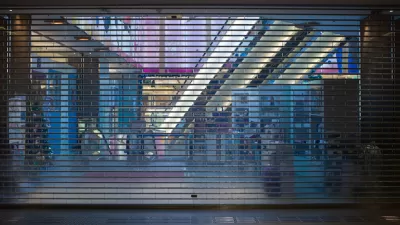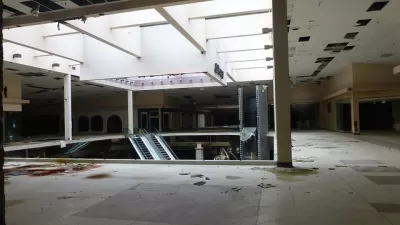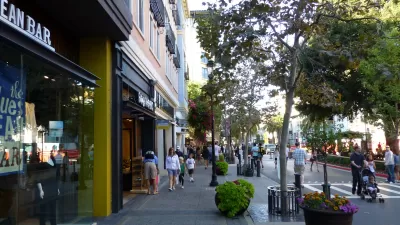As the structure of China’s urban shopping malls evolves into large-scale, multi-use “lifestyle complexes”, so too does their role in the social and cultural fabric of metropolitan society.
New shopping malls in nearly all of China’s first- and second-tier cities are developing a new identity as “lifestyle complexes,” offering not only retail and leisure opportunities, but a long list of services from childcare and hotels to art and educational venues, Gan Tian reports.
Competition from e-commerce, the author finds, has been a major factor in the diversification of these traditionally retail-focused complexes. As online shopping threatens traditional store-based retail channels across the globe, mall developers are looking for innovative ways to attract shoppers.
Already, these new urban “landmarks” are finding appeal across ages, occupations, and income groups. Alongside the allure of affordable cinema tickets and climate control, Tian finds a number of mall-goers for whom the center is an integral site – and source – of sociability.
From 28-year-old Xie Hong who eats brunch at Beijing’s Sanlitun Village every weekend with her friends because it reminds her of “Sex and the City” to retired worker Sun Jianguo who dislikes shopping malls but frequents the center to take walks with his wife, China’s new retail-leisure complexes offer a convenient space for social interaction. For others, the author finds, the mall is a primary source of social life. Tian encounters one mother who regularly brings her daughter to the Sanlitun Village because she has few other opportunities to play and interact with other children. “Under the family planning policy,” Tian argues, “most children do not have many playmates like before when children had brothers and sisters as companions.” In addition, he explains, the constricted spaces of high-rise apartment living offers little space to play at home.
Tian concludes that the new face of China’s shopping malls is engendering an important lifestyle shift among urban dwellers. “They are no longer just a place for shopping,” Tian writes. “They are turning into lifestyle complexes, where different people can meet their every need, almost.”
FULL STORY: Retail therapy

Study: Maui’s Plan to Convert Vacation Rentals to Long-Term Housing Could Cause Nearly $1 Billion Economic Loss
The plan would reduce visitor accommodation by 25,% resulting in 1,900 jobs lost.

North Texas Transit Leaders Tout Benefits of TOD for Growing Region
At a summit focused on transit-oriented development, policymakers discussed how North Texas’ expanded light rail system can serve as a tool for economic growth.

Why Should We Subsidize Public Transportation?
Many public transit agencies face financial stress due to rising costs, declining fare revenue, and declining subsidies. Transit advocates must provide a strong business case for increasing public transit funding.

How to Make US Trains Faster
Changes to boarding platforms and a switch to electric trains could improve U.S. passenger rail service without the added cost of high-speed rail.

Columbia’s Revitalized ‘Loop’ Is a Hub for Local Entrepreneurs
A focus on small businesses is helping a commercial corridor in Columbia, Missouri thrive.

Invasive Insect Threatens Minnesota’s Ash Forests
The Emerald Ash Borer is a rapidly spreading invasive pest threatening Minnesota’s ash trees, and homeowners are encouraged to plant diverse replacement species, avoid moving ash firewood, and monitor for signs of infestation.
Urban Design for Planners 1: Software Tools
This six-course series explores essential urban design concepts using open source software and equips planners with the tools they need to participate fully in the urban design process.
Planning for Universal Design
Learn the tools for implementing Universal Design in planning regulations.
City of Santa Clarita
Ascent Environmental
Institute for Housing and Urban Development Studies (IHS)
City of Grandview
Harvard GSD Executive Education
Toledo-Lucas County Plan Commissions
Salt Lake City
NYU Wagner Graduate School of Public Service





























